Cheat sheets for transition – Step by Step How to Use Sue Larkey’s Cheat Sheets & Why
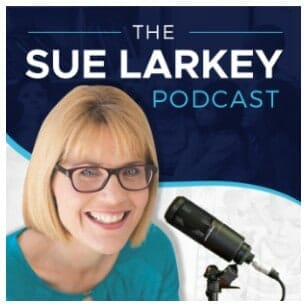
**************************************
Join me for an upcoming Workshop:
Can't make these Workshop dates? Join me for a self-paced on-demand course:
Sue Larkey On-Demand Workshops
**************************************
Transitioning children with neurodiversity successfully is an important part of a child’s education.
Transitioning children with neurodiversity successfully is an important part of a child’s education. With the right strategies and support, children can transition from one school to another, or from preschool to school, with ease. Parents, teachers, and aides can work together to create a successful transition plan, using transition cheat sheets, self advocacy, and calming strategies. Knowing 10 things about the child, as well as any sensory issues, can help teachers create a supportive environment for the child. Here are five tips for teachers to help children transition successfully:
1. Create a transition plan with the help of parents, teachers, and aides.
2. Use transition cheat sheets to provide key information about the child.
3. Encourage self advocacy by having the child share their needs and feelings.
4. Be aware of any sensory issues the child may have.
**************************************
Join me for an upcoming Workshop:
Can't make these Workshop dates? Join me for a self-paced on-demand course:
Sue Larkey On-Demand Workshops
**************************************
FOUR GREAT QUOTES FROM THIS PODCAST
1. “For me, self advocacy for kids on the spectrum is really important. I’ve got kids who’ll go up to a teacher and go, Hi, I’m Nathan, I have Asperger’s.” (00:05:48)
2. “What are the key priorities for first term? What do you think is the key priority for term one next year?”
3. “For me, sharing that can be so important, because people can’t see asthma. Or nut allergies, or ASD, or even if you have a child just have anxiety.”
4. “Can they work closely with others? Because some of them need a spare spot next to them.”
“For me, self advocacy for kids on the spectrum is really important. I’ve got kids who’ll go up to a teacher and go, Hi, I’m Nathan, I have Asperger’s. I love that. That’s no different to, Hi, I’m Nathan, I have nut allergies. Or, Hi, I’m Nathan, and I have asthma.” (00:06:04)
3. “So teachers, teacher assistants, parents, I highly recommend you download these transition cheat sheets. Just hit download. They will download as a document and then you can go in and type into them information.” (00:05:17)
4. “But we don’t want too much information. So we don’t want three different documents. Let’s just make it one concise document.” (00:05:40)
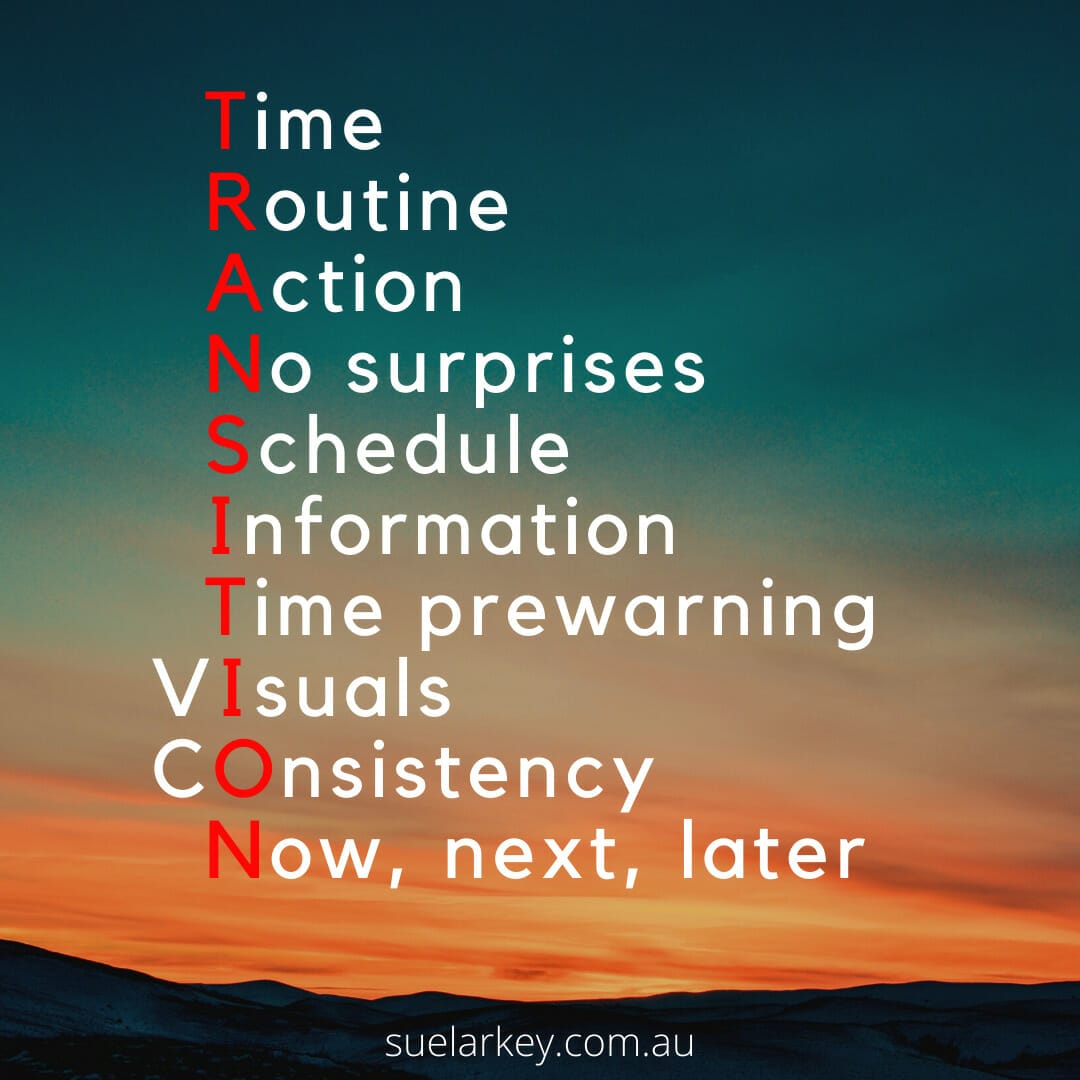

I have prepared THREE FREE Cheat Sheets for Transition:

Transition Tips Booklet
✅ 13 Separation Anxiety Tips
📌 12+ Page Student Transition Guide
⭐️ Preschool to Post School Tips
✅ Checklist for Success
📌 Top Tips for Children Starting School in 2023
🌼 School to Work Transition for Young People with Autism Spectrum Disorder
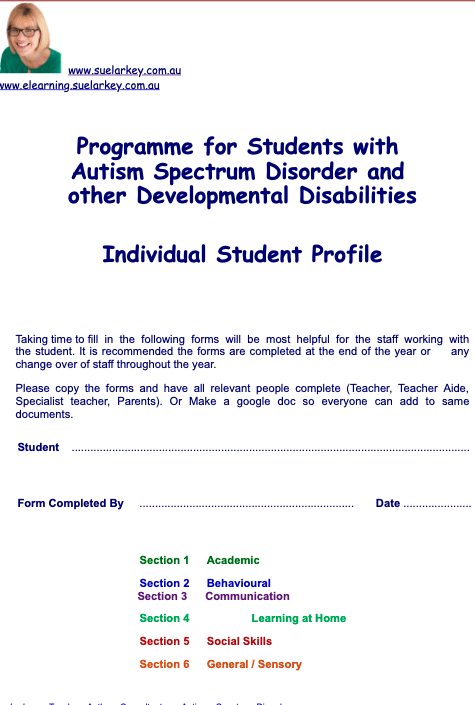
Transition Student Programme
✅ Academic
✅ Behavioural
✅ Communication
✅ Learning at Home
✅ Social Skills
✅ General / Sensory
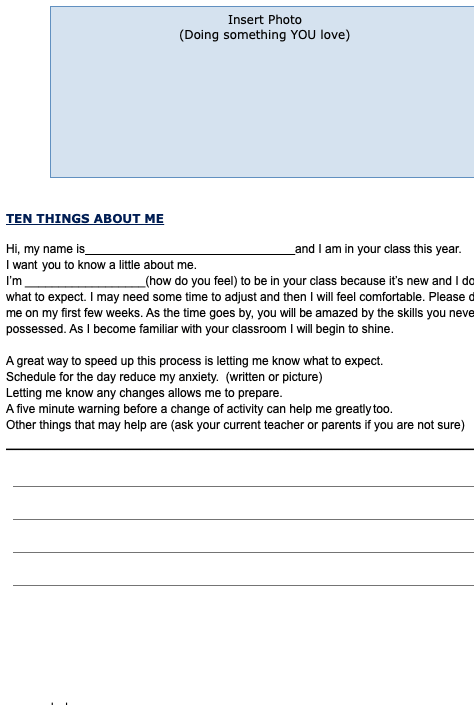
10 Things About Me
An informative guide to enable student self-advocation
This is the perfect solution for assisting a smooth transition, and ensuring the student’s new teacher is aware of what to do and what not to do.
Transition Resources
For specific reading and Cheat Sheets for Transition look for these pages:
- Making it a Success by Sue Larkey, pages 115-116
- The Essential Guide to Secondary School by Sue Larkey and Anna Tullemans, page 79
- The Early Years by Sue Larkey and Gay von Ess, page 82
- From Anxiety to Meltdown by Deborah Lipsky, page 172
- I’m Going to School by Anna Tullemans
- How to Stop Your Words from Bumping by Anna Tullemans and Rhonda Dixon
Making it a Success
| by Sue Larkey | This is the ideal reference for schools to successfully integrate students into the classroom. It provides easy to follow, proven strategies and worksheets to use immediately. Dr. Tony Attwood writes in the foreword: “Sue has a remarkable ability to identify and briefly explain the difficulties experienced by a child with autism in a regular classroom and to suggest realistic and practical strategies to improve abilities and behaviour. Her advice is succinct and wise.”
The Essential Guide to Secondary School
| by Sue Larkey & Anna Tullemans | Revised and expanded in 2016. A practical guide to secondary school. Ideas for
all staff, from curriculum engagement, accommodations, group work, homework, using technology, behaviour support, organisational skills to building independence. Includes proformas to photocopy and save you time. This book has over 100 pages of proven ideas and strategies. MASSIVE TIME SAVER for busy Teachers & Parents
The Early Years: The Foundations For All Learning
| by Sue Larkey & Gay von Ess | This book is full of practical ideas to give children with an ASD and other developmental delays the KEYS to learning. Teaching to play, write, draw, imitate etc. Toilet training, community access, etc. To sit, ask for help, wait, play, attention to task, sign songs, etc. Great easy to photocopy programmes.
From Anxiety to Meltdown
| by Deborah Lipsky | How Individuals on the Autism Spectrum Deal with Anxiety, Experience Meltdowns, Manifest Tantrums, and How You Can Intervene Effectively. This is a MUST HAVE book!!
I’m Going to School
| by Anna Tullemans | A workbook for children who are beginning pre-school or school. This book helps them to create a visual guide for preparing for those first steps into a new environment. The children get to take photos and paste them into the book. They can also draw maps to help them find their way around a new school. Each year the book is updated to include the new calendar for that year. It can be used for new students or students who are moving into the next year of school so they can re-acquaint themselves with their new surroundings.
How to Stop Your Words Bumping into Someone Else’s
| by Anna Tullemans & Rhonda Dixon | This book has 18 great A4 clear pages with an excellent picture to explain so many of the common challenges students with an ASD face in social and school situations. They include: Getting Someone’s Attention, Starting a Conversation, Interrupting, Asking Someone to Play, What if a Person Says ‘No’?, Asking for Help, How loud or soft your voice should be, Waiting in Line, Waiting on the Mat and Waiting at your Desk.
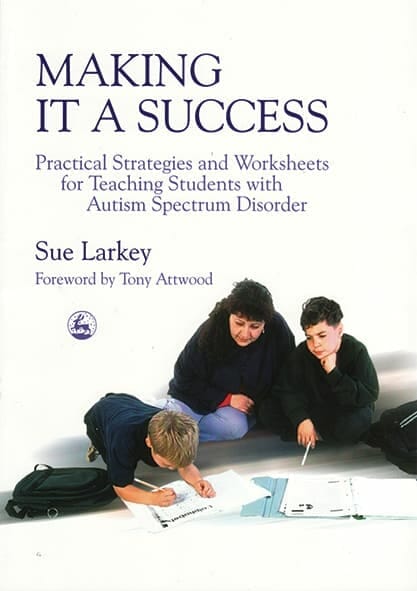
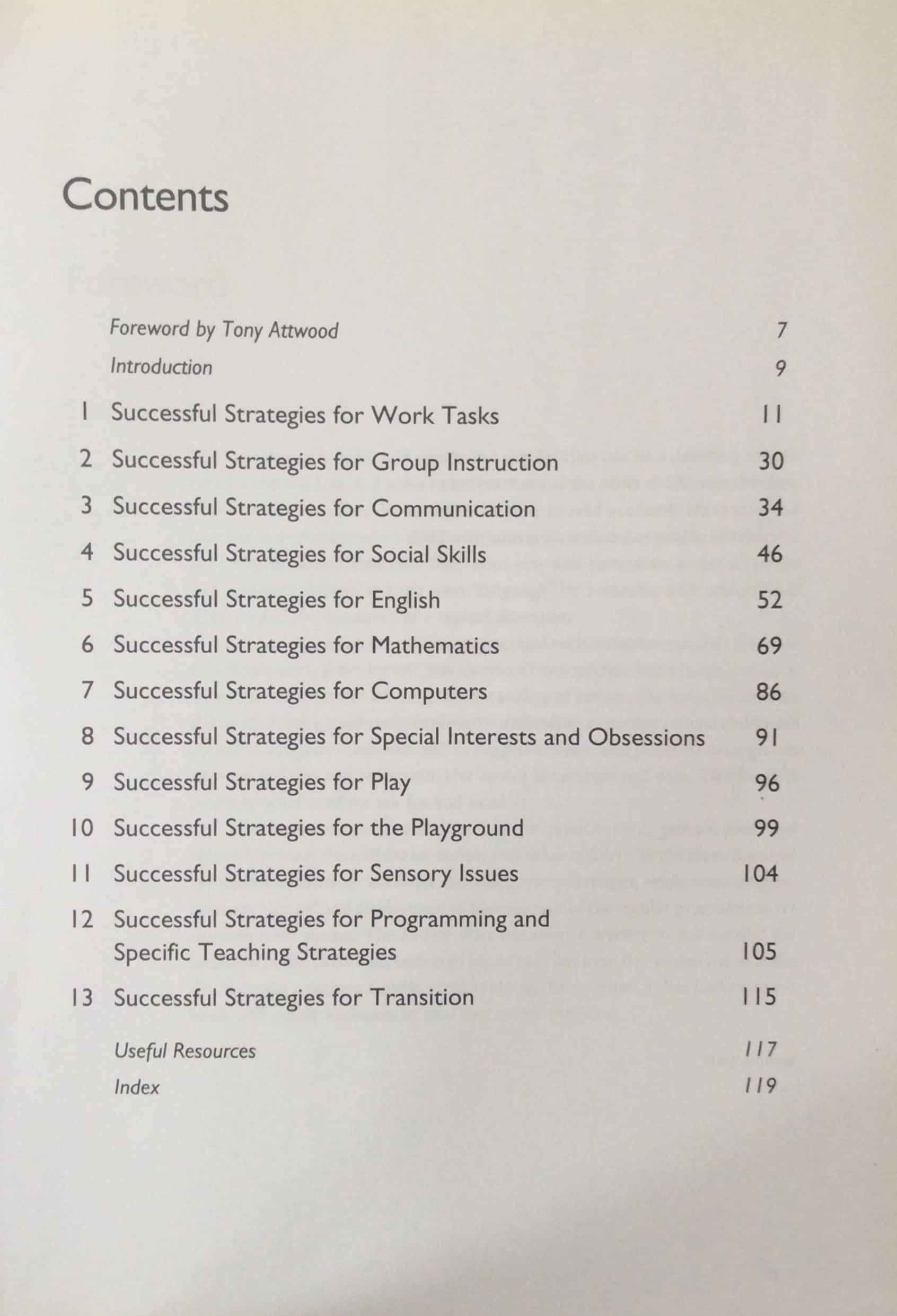

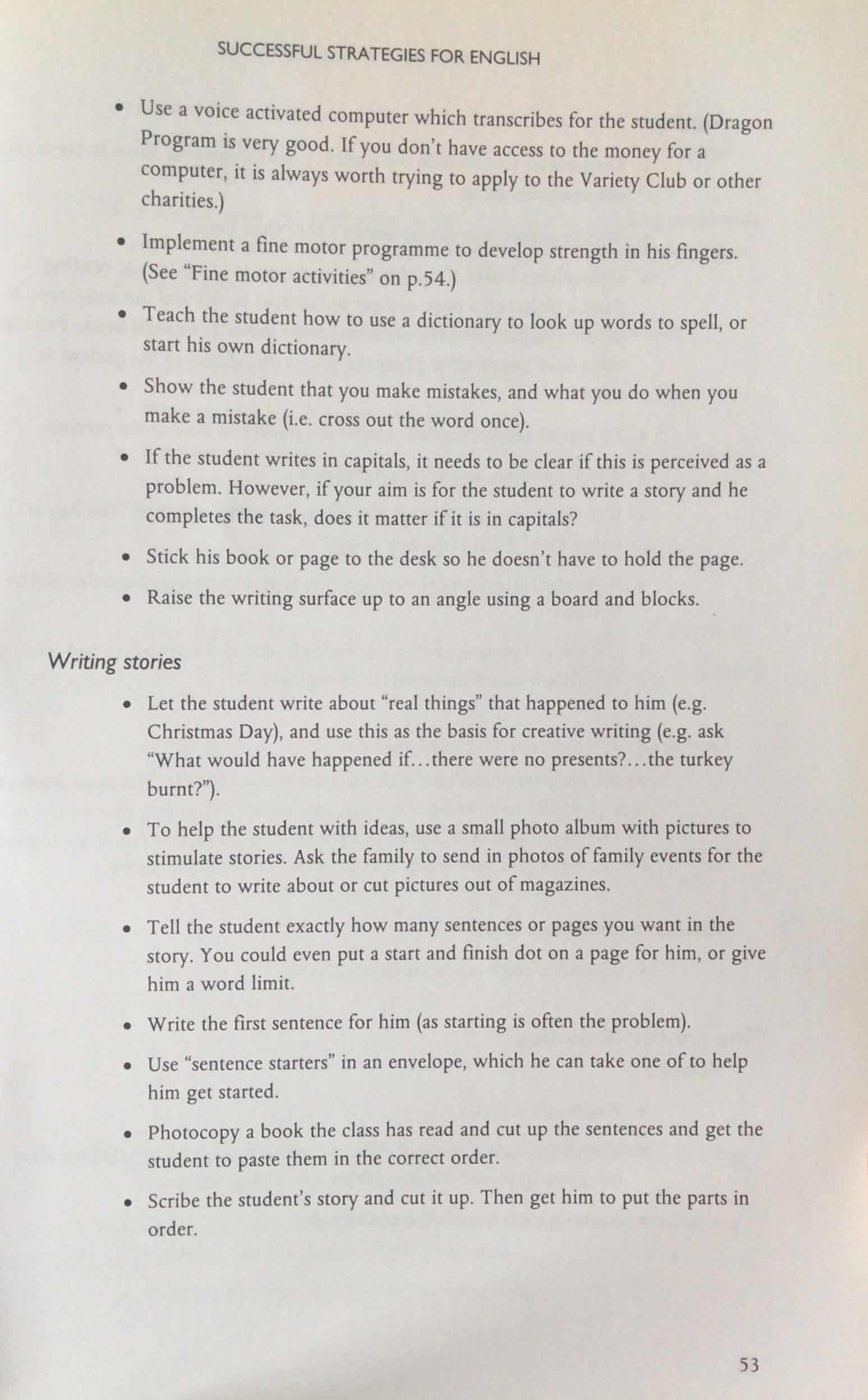



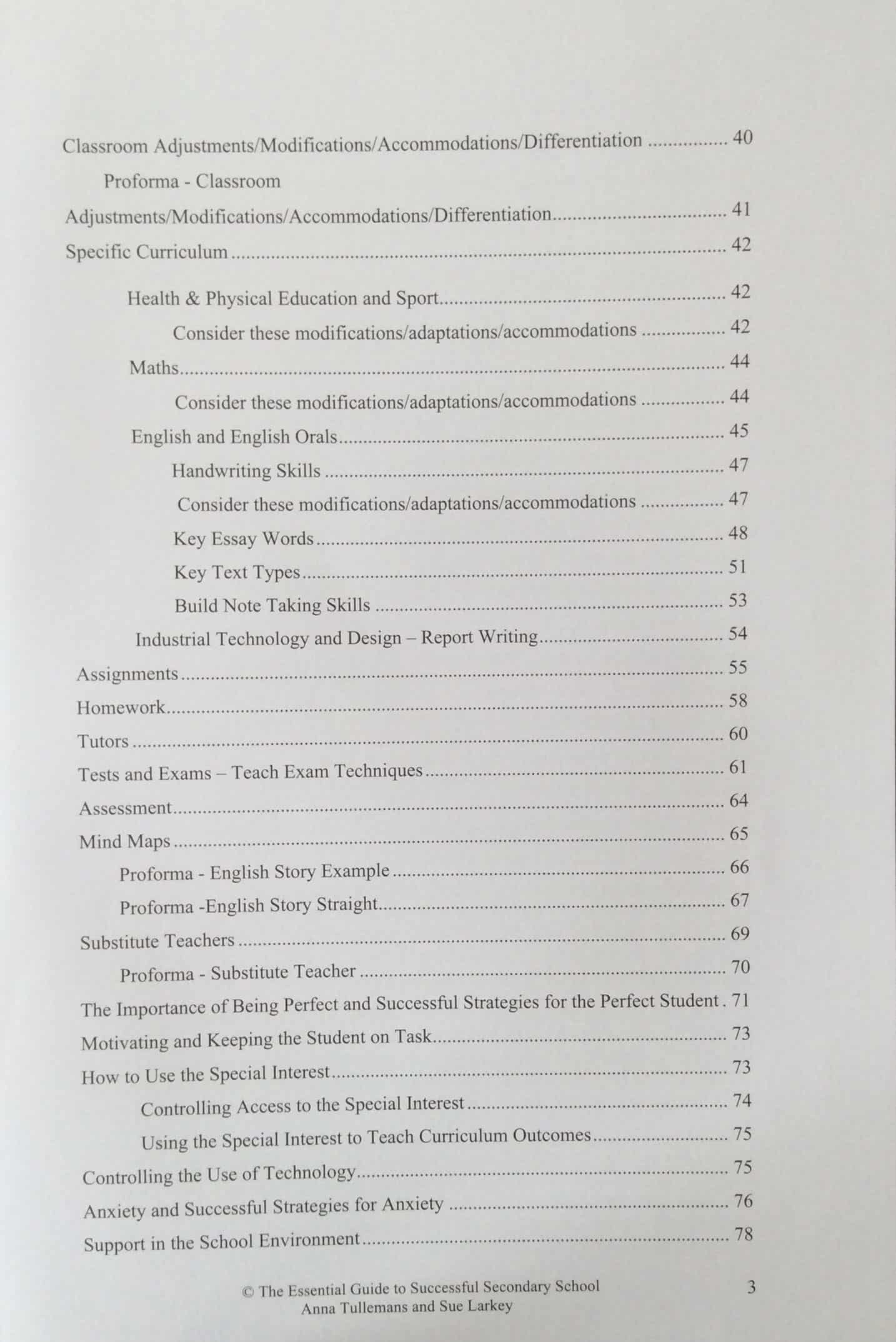
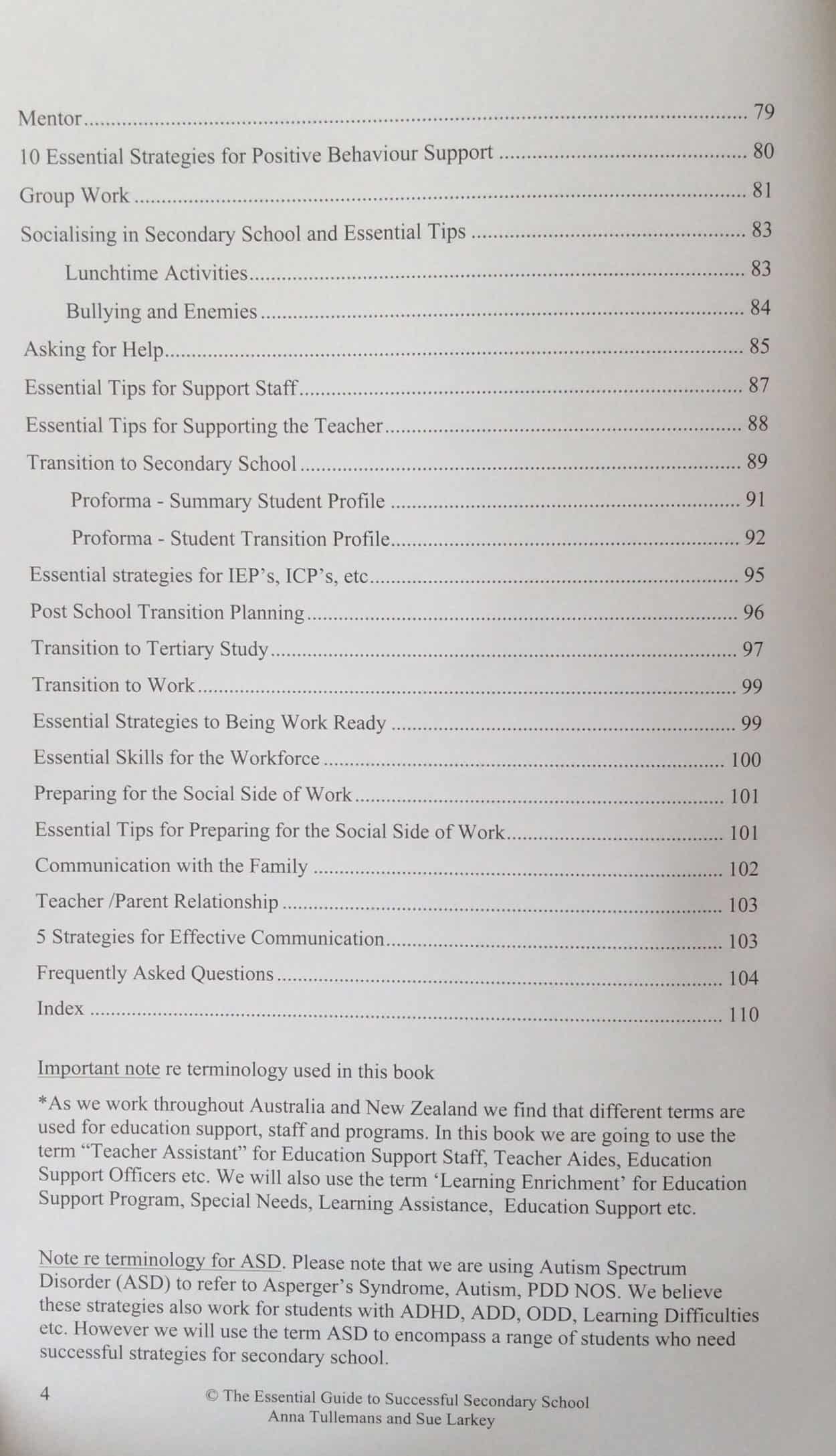
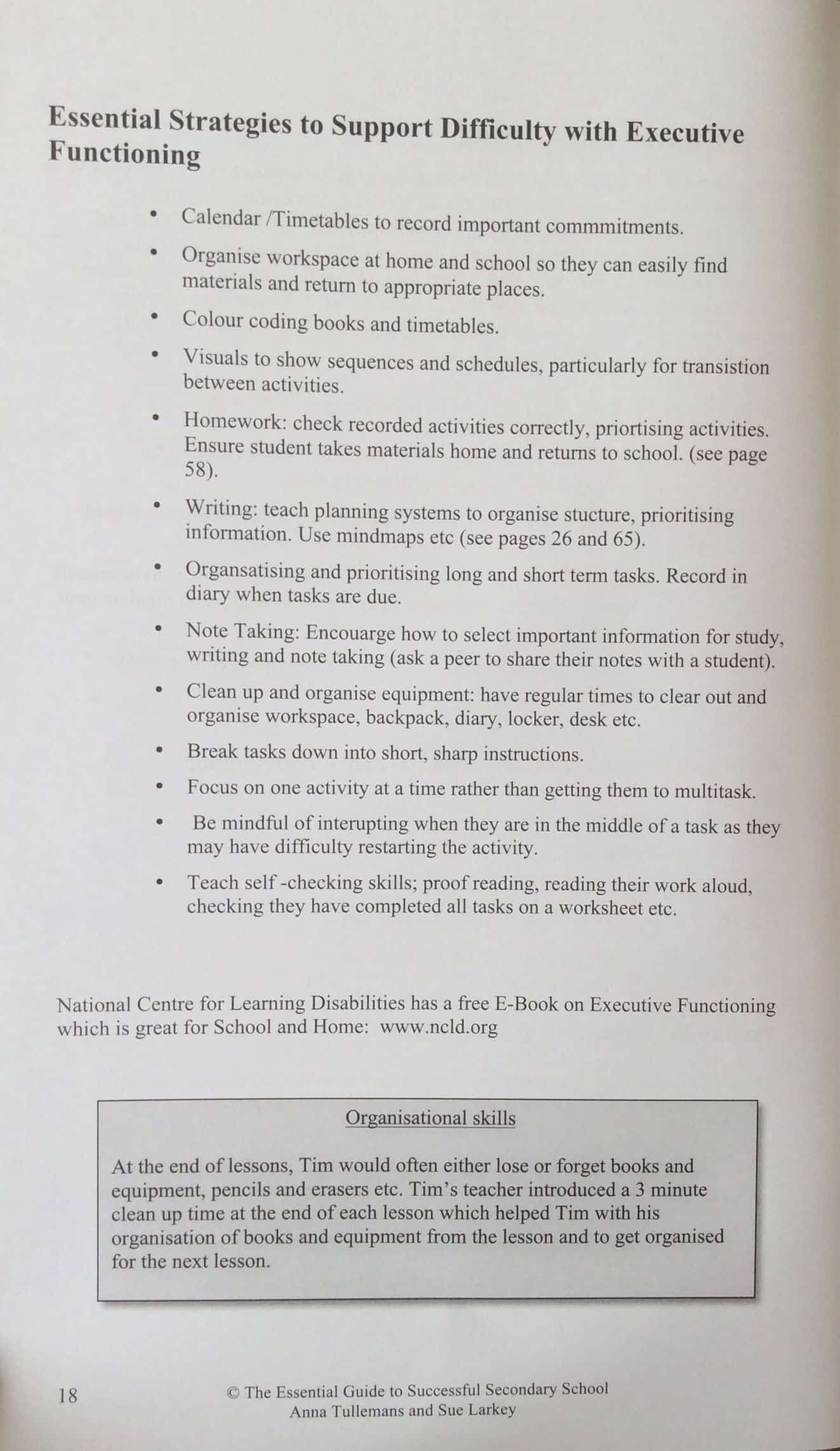

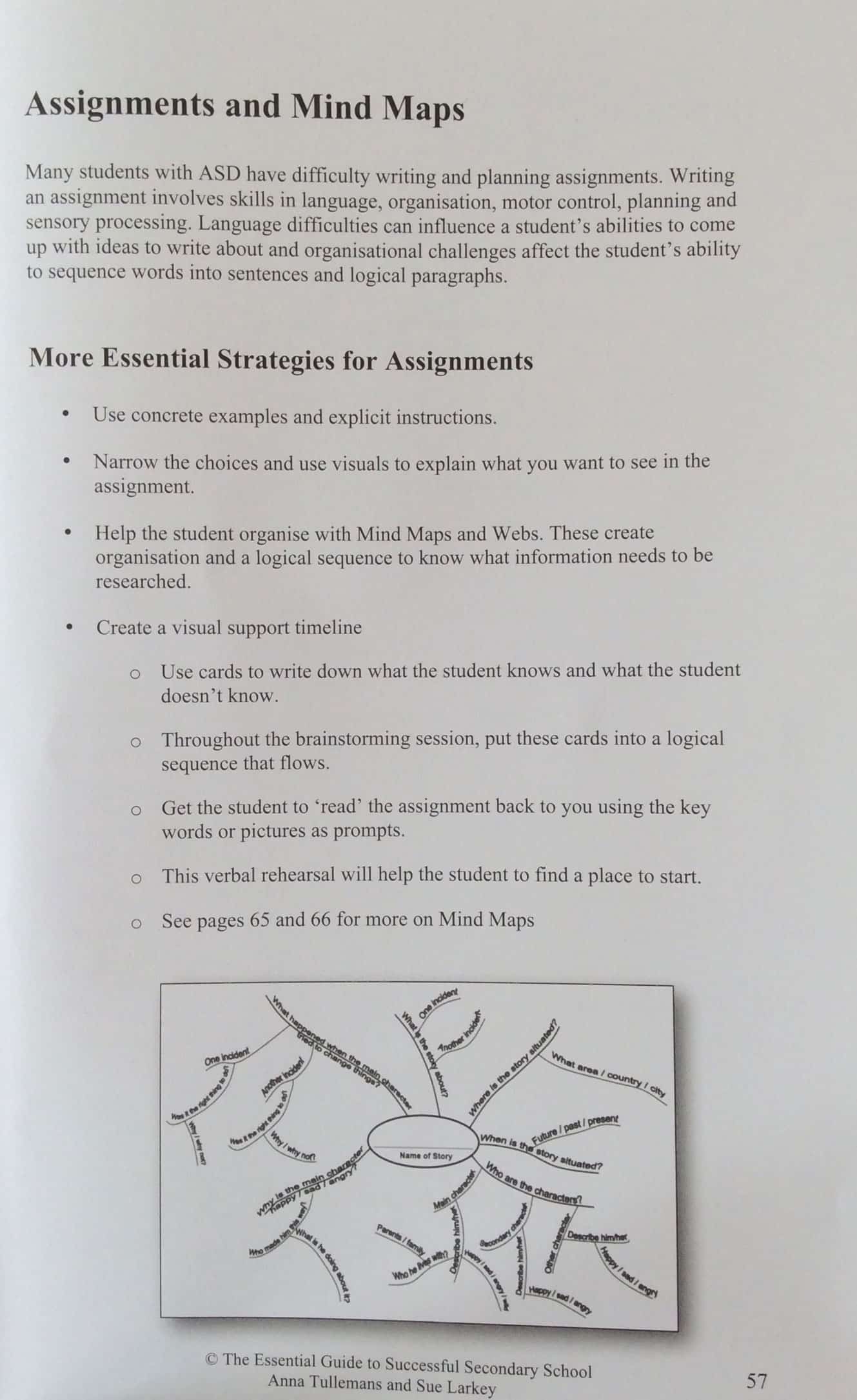


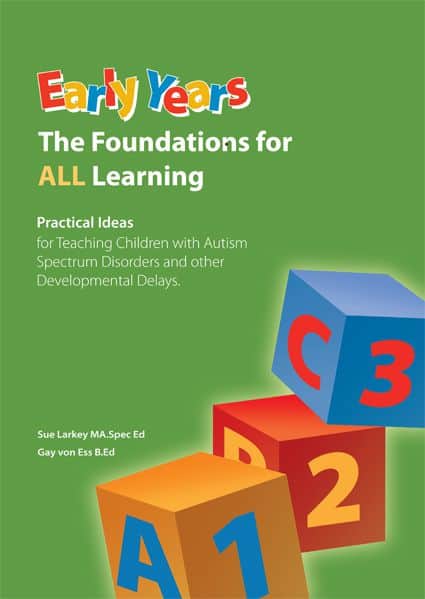

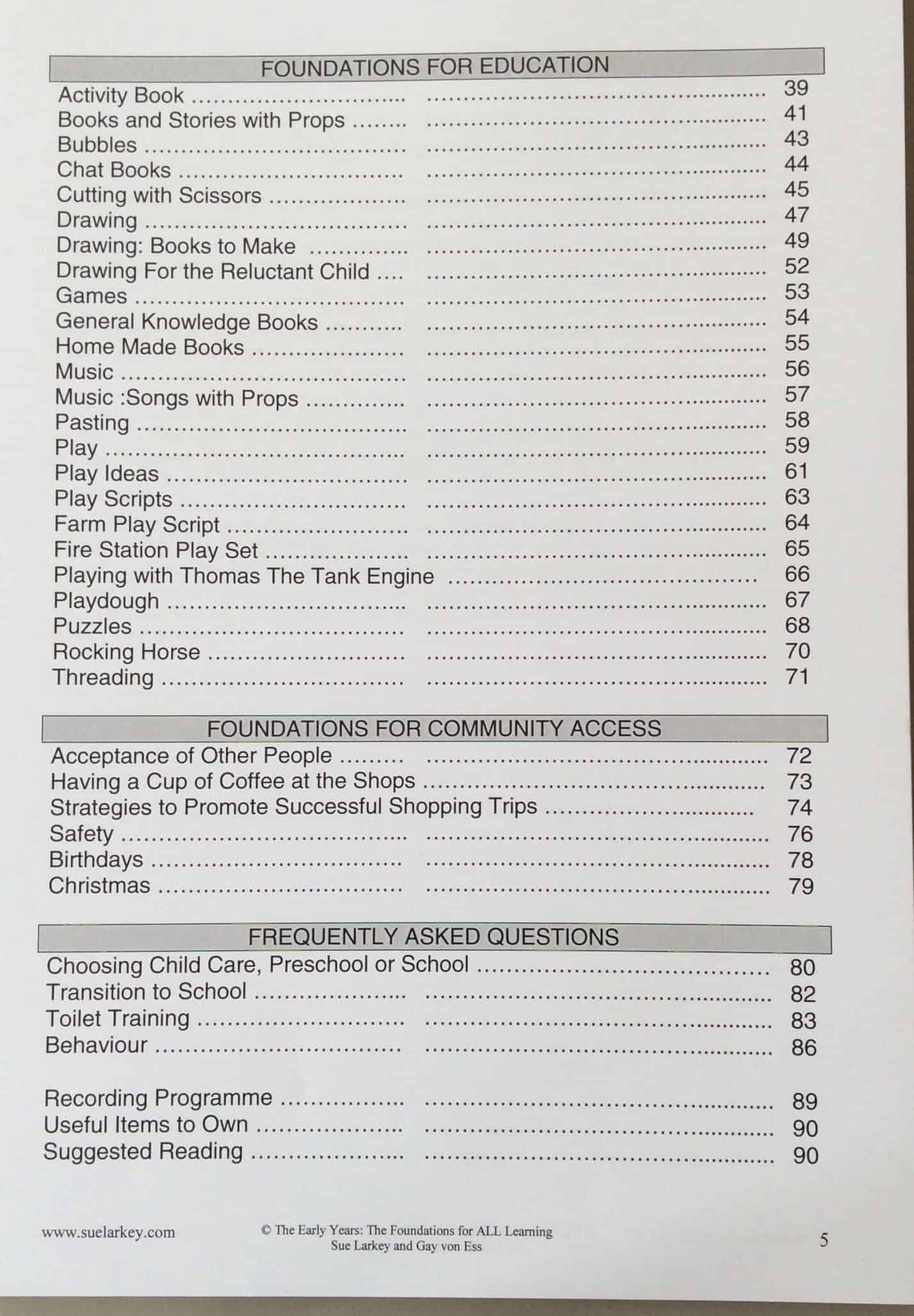






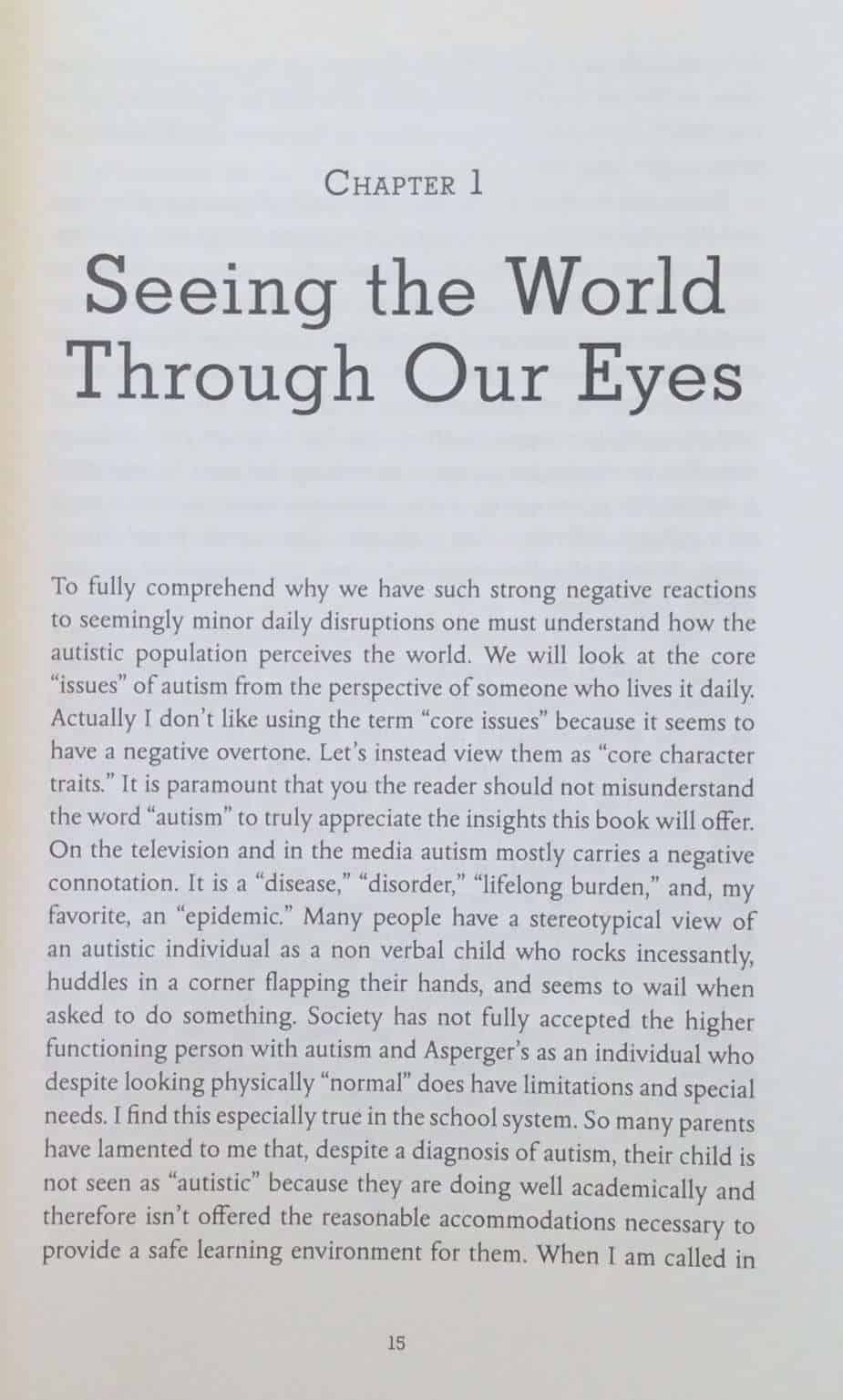

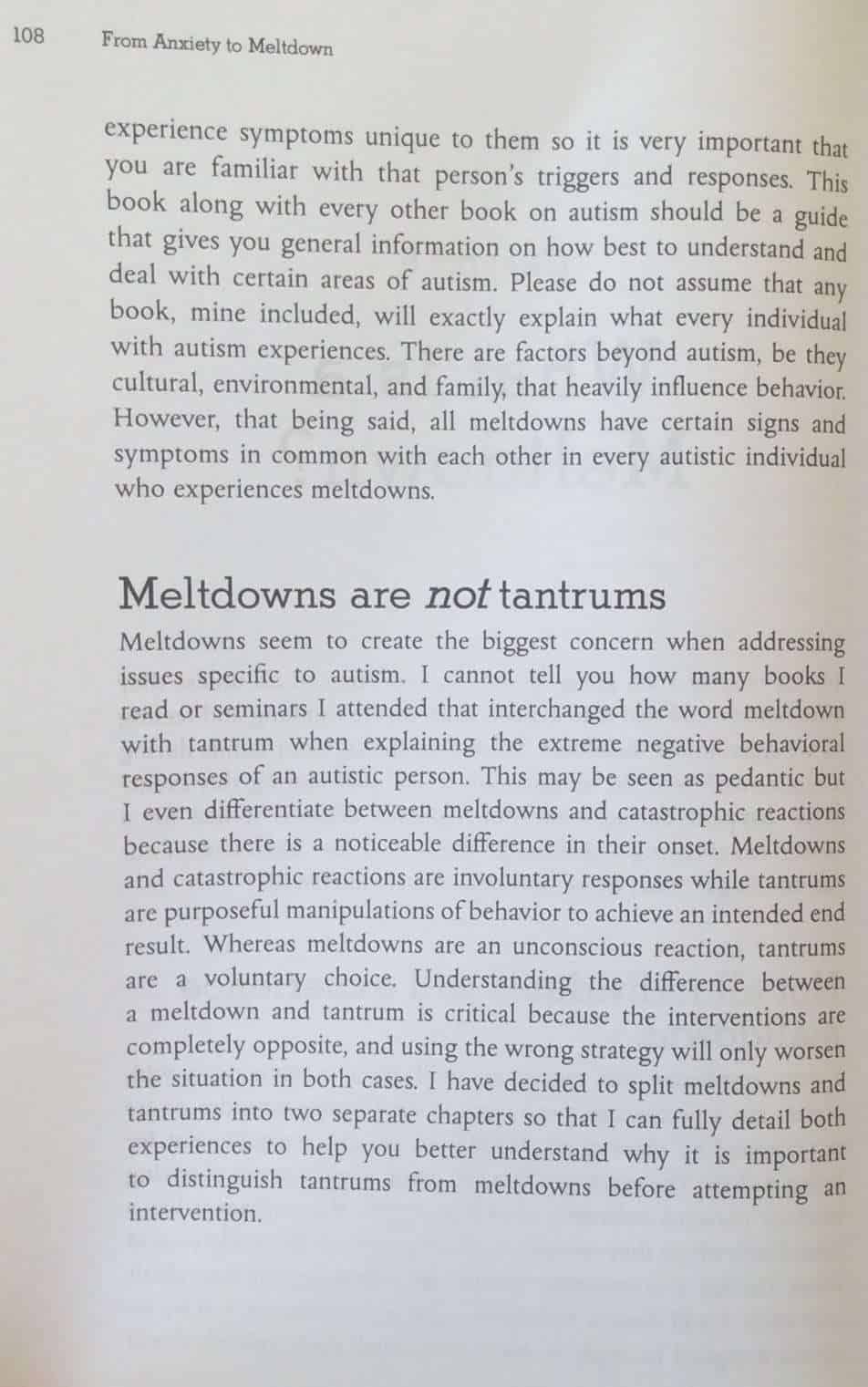
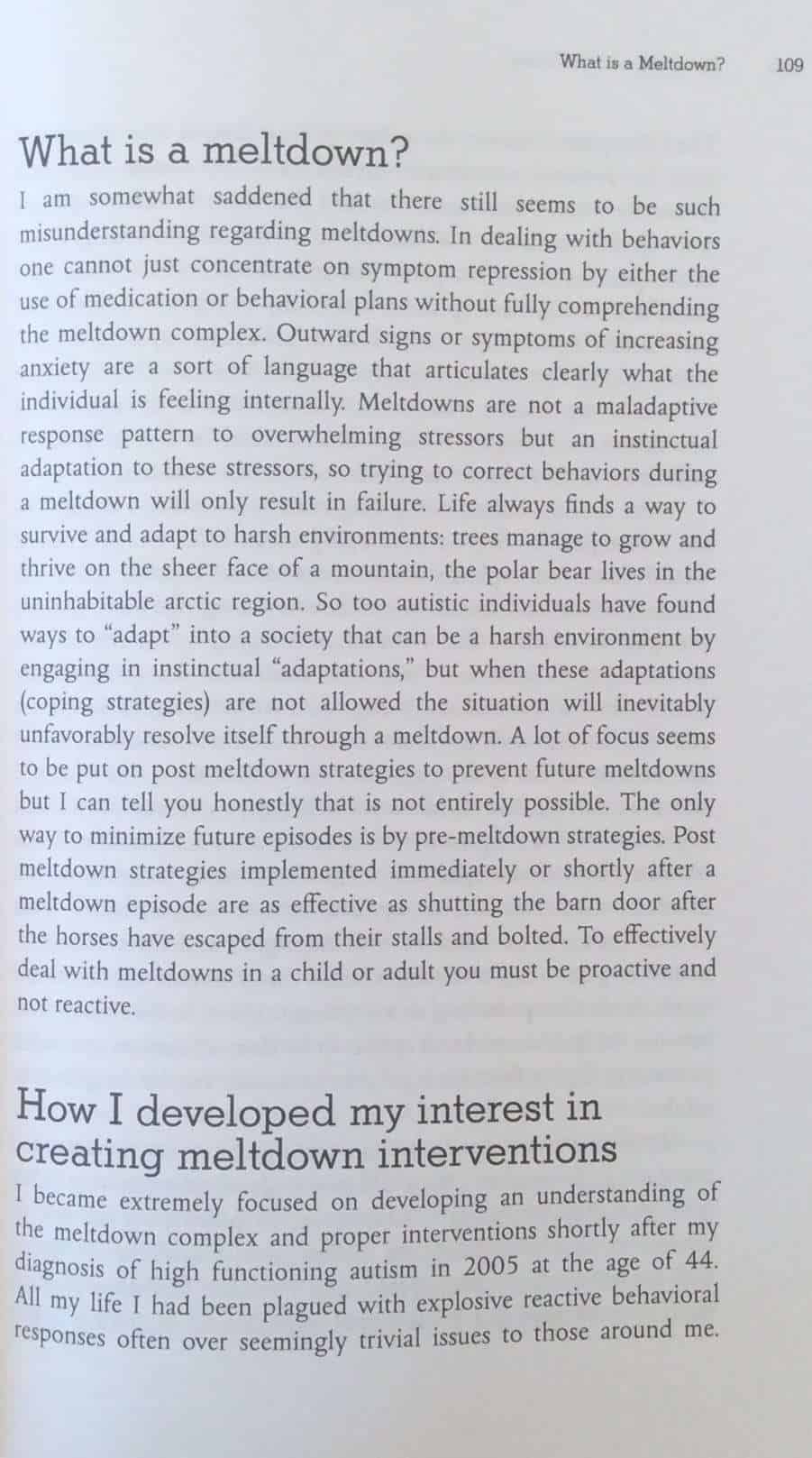
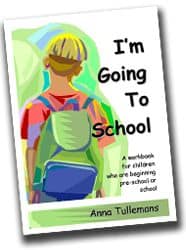
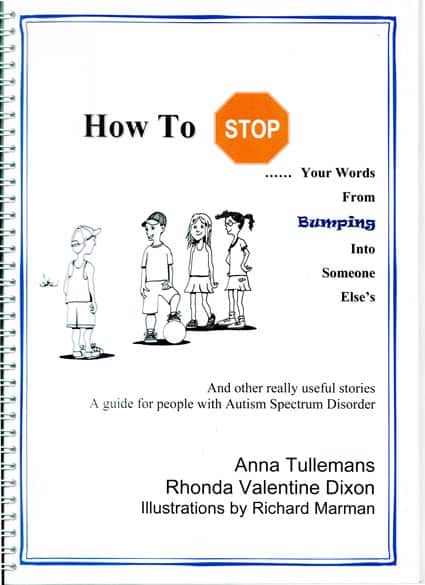
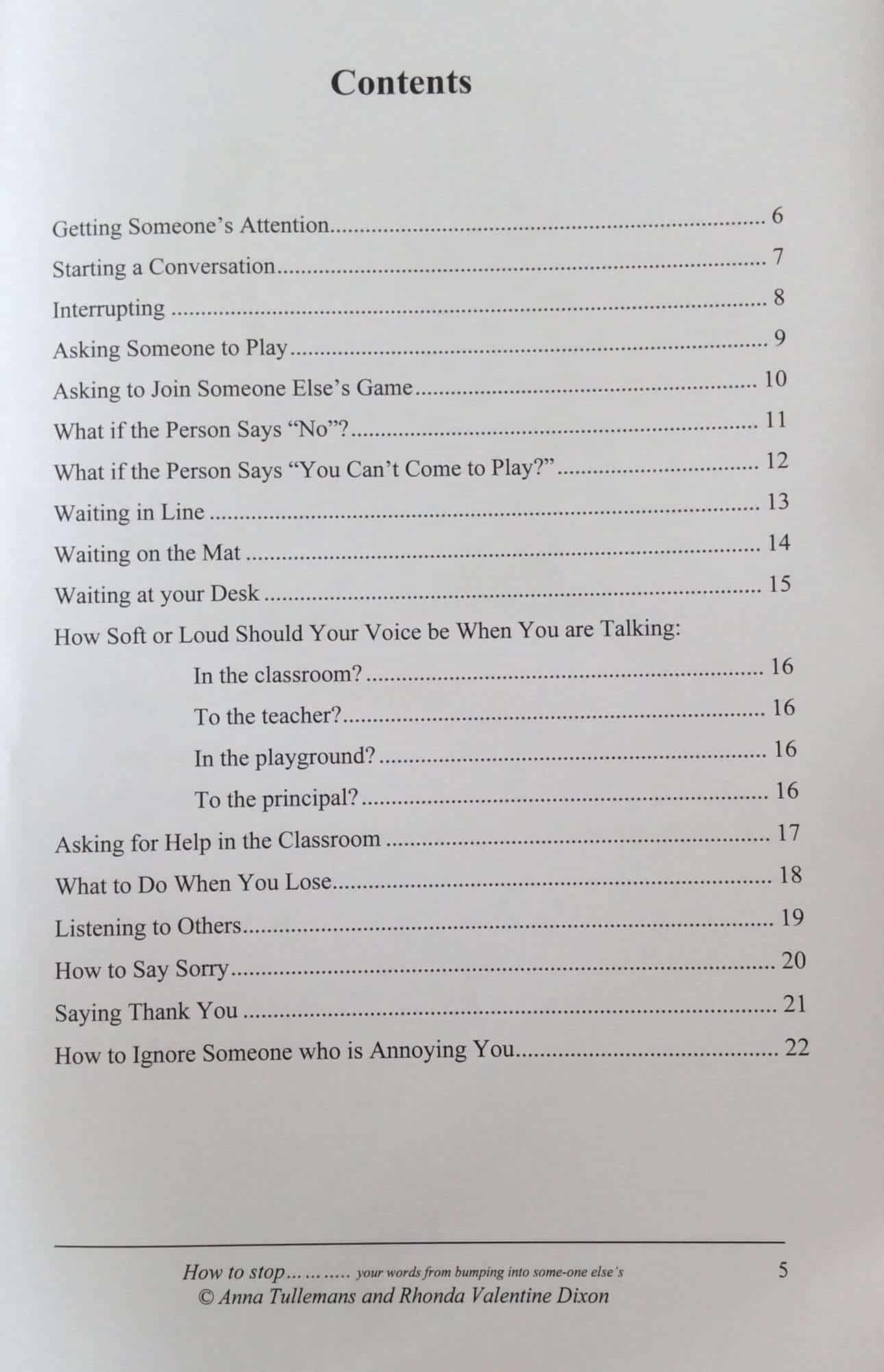
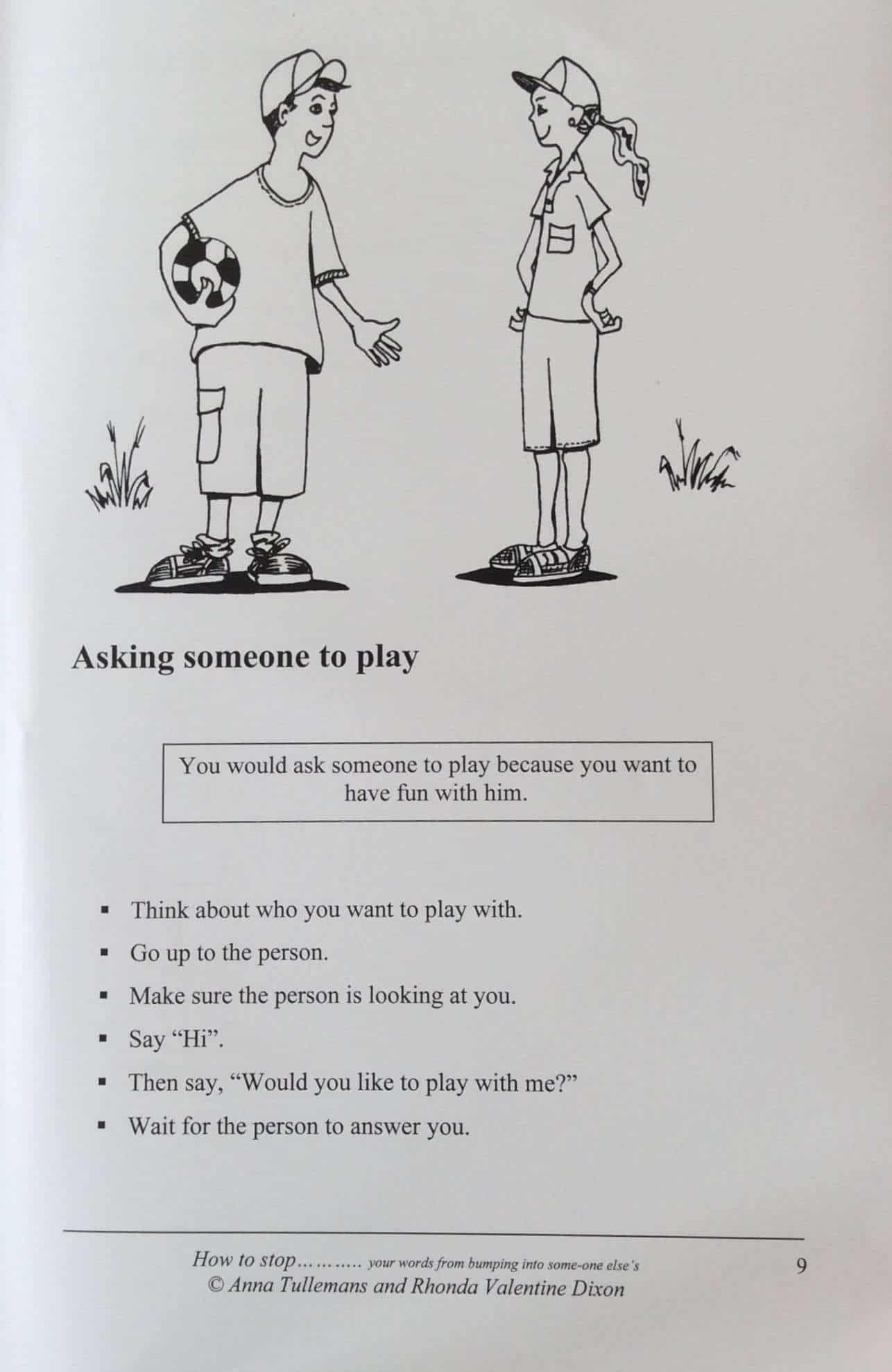
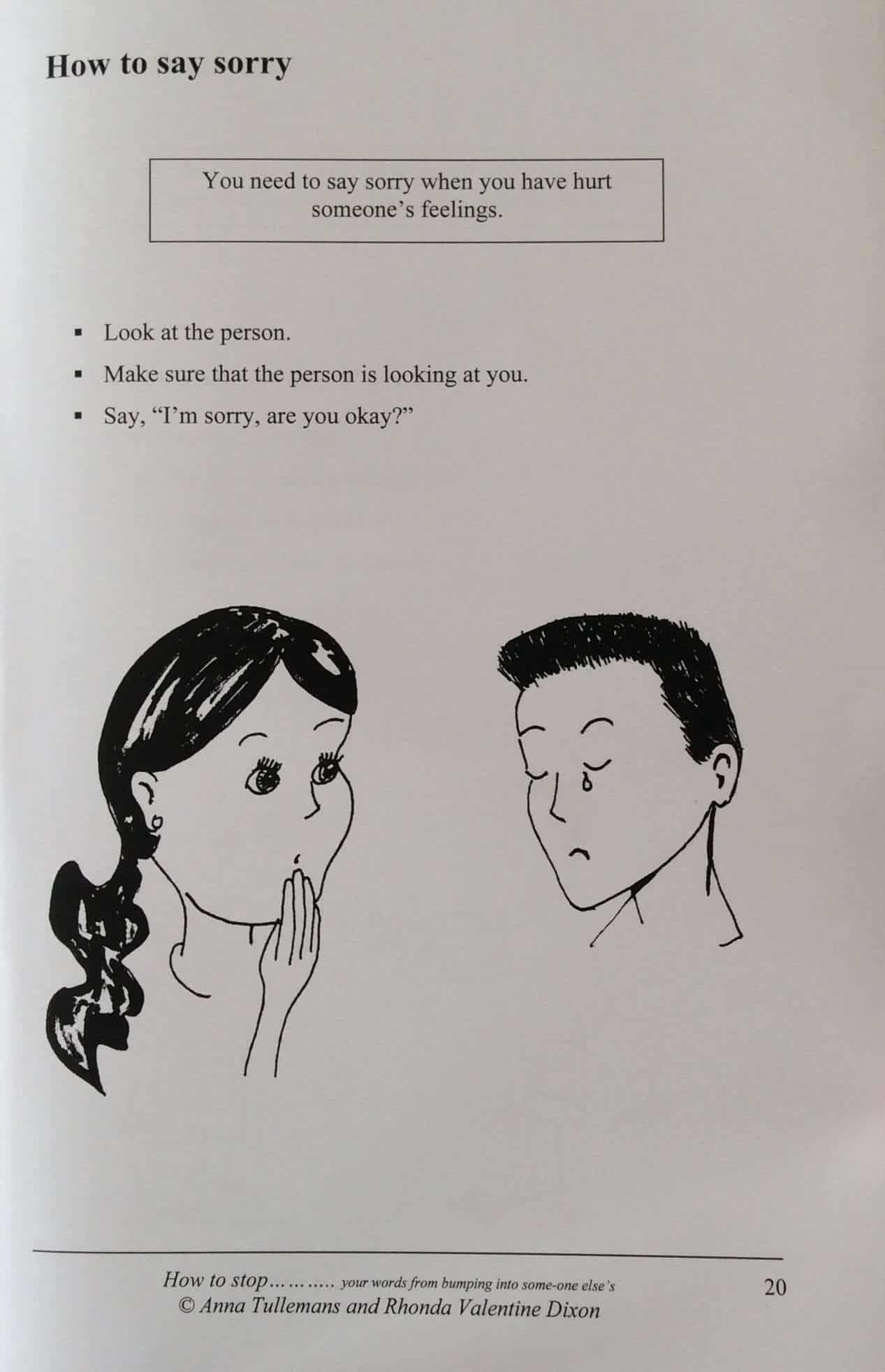




 Sorry we no longer ship items outside Australia. Please consider the digital versions of Sue’s Books –
Sorry we no longer ship items outside Australia. Please consider the digital versions of Sue’s Books – 